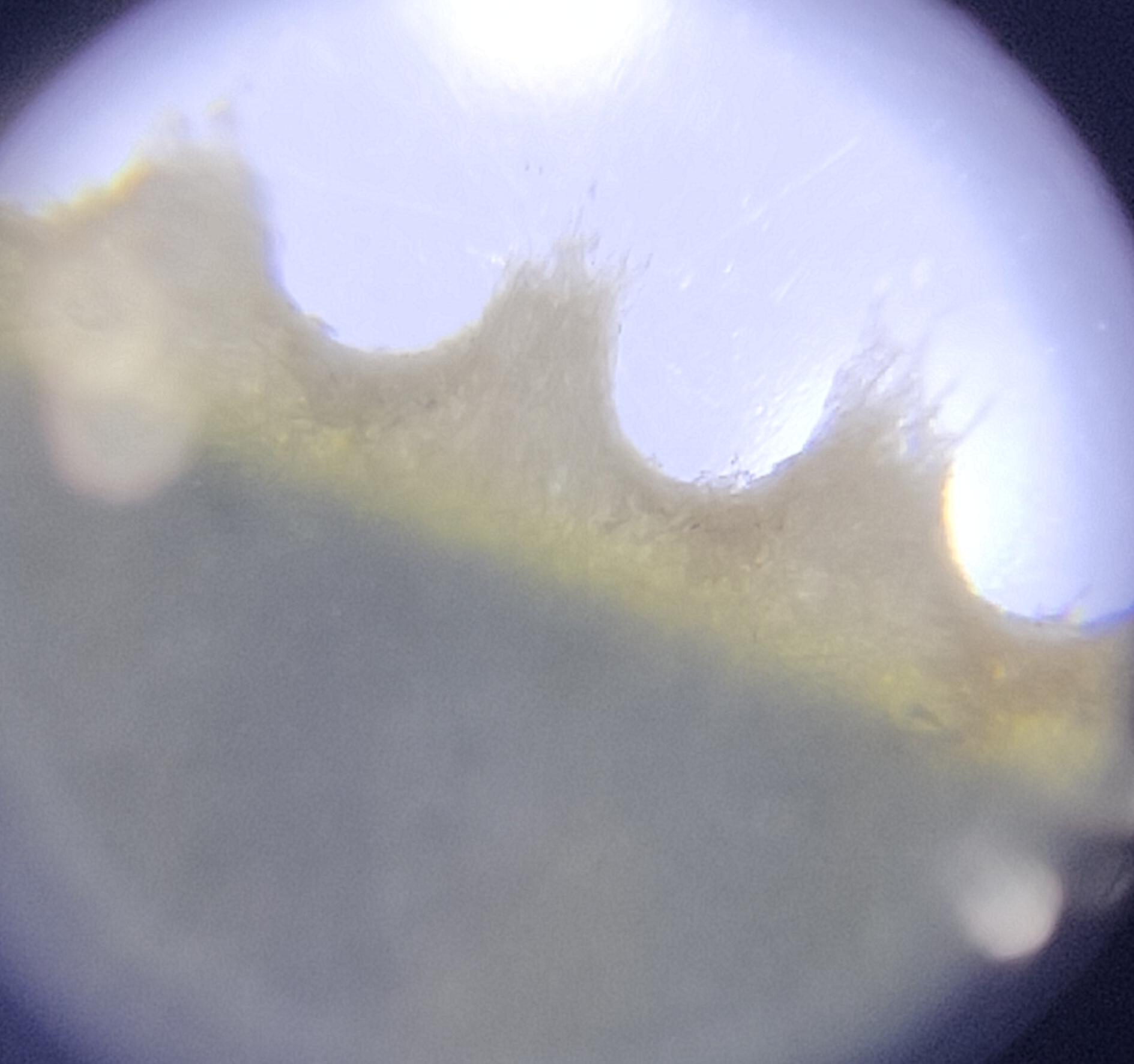Perforations: A note on Kampf and APS perforation types
Perforations are holes punched between stamps to ease separation. Apart from its prime purpose, perforations exist in different shapes, which are made such to further counter irresponsible efforts of forging stamps. Varieties in perforation are commonly due to a change of the perforation gauges in the production process, change in manufacturer of the perforating equipment, and even the use of faulty perforation pins.
"The punch sets used on the perforating machines were subject to powerful forces. This factor, allied to the design problem experienced in the first two years of operation made breakages inevitable."
The above is an excerpt from Stamp Perforation: The Somerset House Years 1848 to 1880, Ch. 21, p. 206. by Ray Simpson and Peter Sargent.
Regardless of the reason behind the birth of these varieties, the effort to discover, learn, and collect these irregularities have gathered quite a serious following as these minute differences may sometimes be the only factor determining the period at which a stamp is issued.
In relation to Machin stamps, perforations by those manufactured by Kampf and APS is possible to discern. However, telling them apart decades after might pose quite a challenge especially on used Machins.
APS (Ab Produktion Svenska) is a Swedish firm that manufactured the rotary perforators known as the Swedish Lawnmower. It used a pin cylinder with short stud protrusions and a burr-like cutter mechanism that shaves off paper when raised against the pins, essentially creating holes. The paper had to be gummed with Gum Arabic, which its thick coating 'reinforced' the rigidity of the paper allowing cleaner perforations. However, this also resulted in remnants of the perforated paper sticking onto the backside (gummed side) that is relatively visible in pairs or blocks of Machins.
Kampf, on the other hand, was designed to be integrated into the Jumelle printing press (Harrison's first modern era printing press) allowing printing and perforating process to take place simultaneously. The thickness of the paper was revised from 63gsm to 70gsm and the gum changed to Dextrin to improve the performance of the Kampf perforator. Machins with Kampf perforation have clean holes with sharp edges.
Visualizing both perforation types requires a magnifying glass, although mint Machins make everything easier to tell apart.
APS Perforation: Under x60 magnification on the gum side, it is very apparent that there will be debris seen. They are hard to miss on mint copies but relatively faint on used ones. The perforations are at times not clean, they are rather scruffy. I quote the very useful abbreviation by Iggy on Stampboards; APS = All Perfs Scruffy.
Kampf Perforation: Under x60 magnification on the gum side, the perforations are clean cut. No debris seen on the gum side.
That is all for today's write-up. I hope it helps.
References:
UK Machins - How to differentiate Kampf and APS perforations?




Comments
Post a Comment